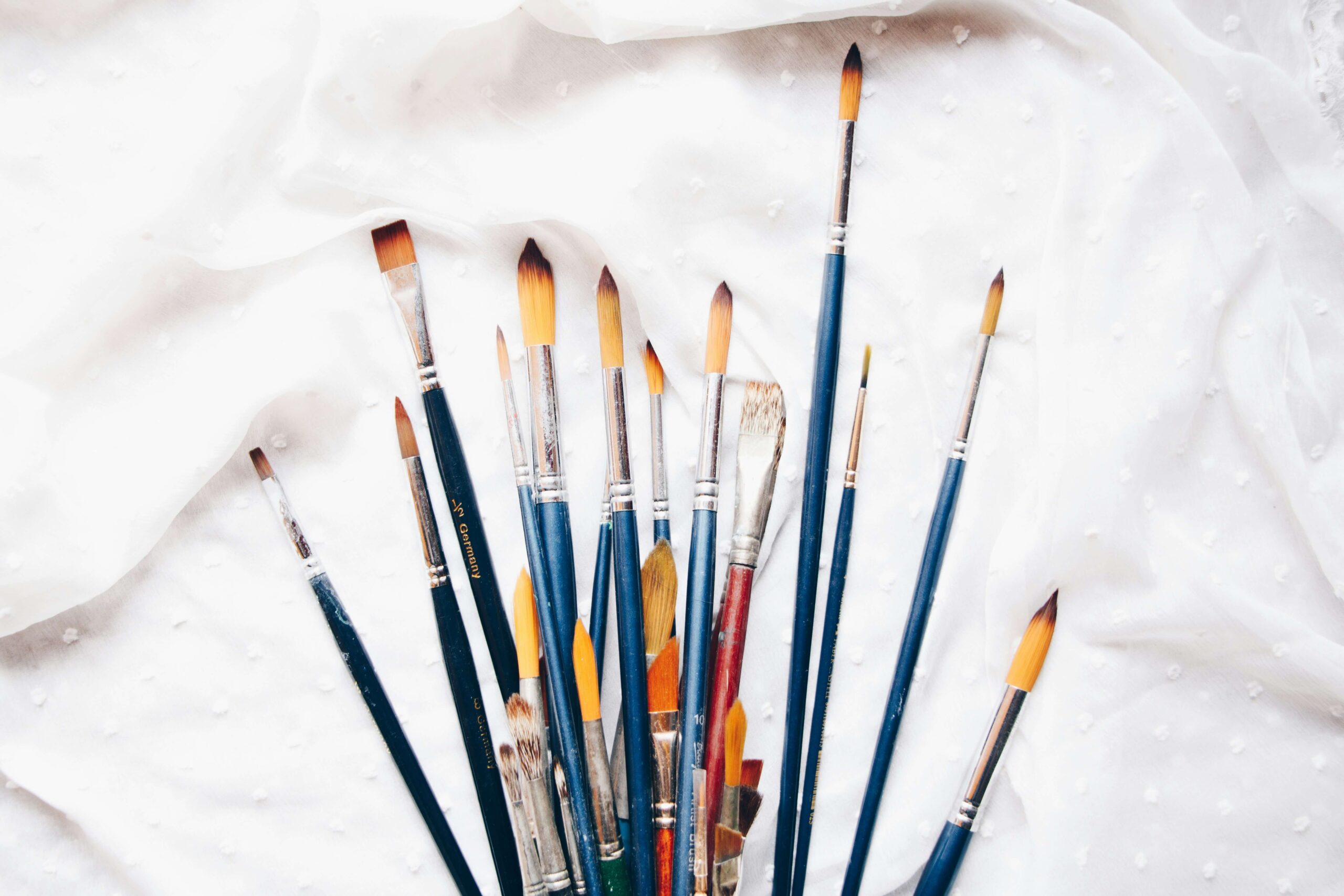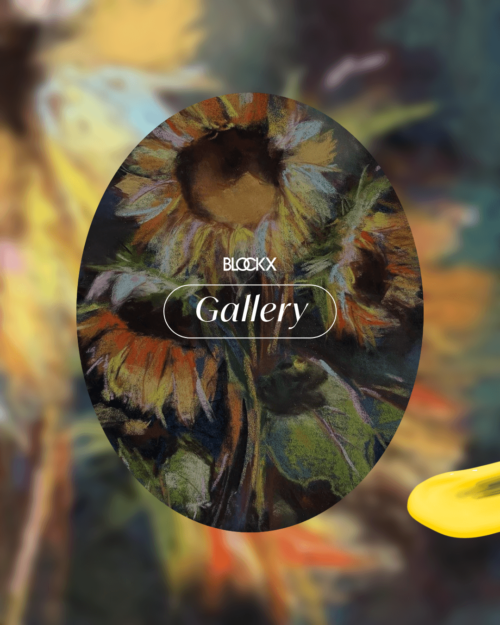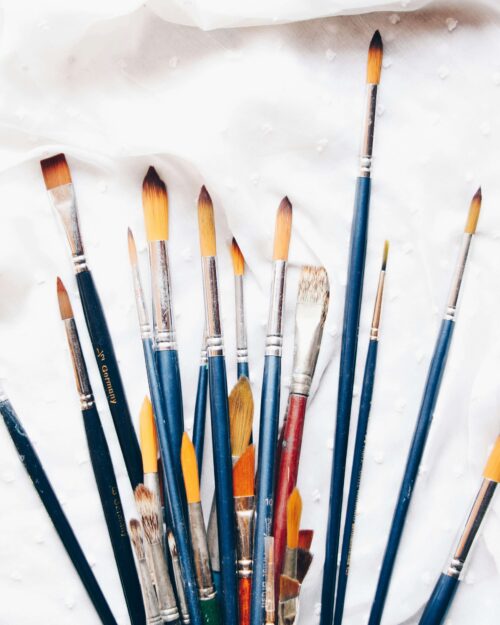Every artist, whether novice or experienced, understands the importance of having the right tools to express their creative vision. Whether you’re working with canvas, metal, paper or other materials, choosing the right tools can significantly influence the creative process, as well as the final result of your work. This guide will help you select the tools best suited to your art, ensuring quality, durability and precision in your work.
1. Understanding the importance of medium-specific tools
Before making any purchases, it’s essential to understand the specifics of your medium. For painters, the types of brushes, canvases and paints vary greatly and have a direct influence on the application and rendering of colors. In sculpture, the quality of chisels and base materials can make all the difference to the fineness of detail. Take the time to research tools specifically designed for your art form.
2. Invest in quality rather than quantity
It’s better to have a few high-quality tools than many inferior ones. Well-designed tools are generally more durable and offer a better user experience. They may cost more to buy, but their long-term durability represents a worthwhile investment, minimizing repeat purchases due to frequent replacements.
3. Read reviews and recommendations from other artists
Before choosing a tool, consult the opinions and recommendations of your peers. Online forums, product reviews and recommendations in specialized magazines can be valuable resources for understanding the pros and cons of certain tools. Also consider the experience of other users to avoid common mistakes.
4. Test tools before you buy
If possible, test tools before you buy. Many art stores offer samples or product demonstrations. Using the tool yourself will give you a better idea of its ergonomics and compatibility with your working style. This is particularly true of tools such as brushes, pens or graphic tablets.
5. Consider ergonomics and user comfort
Ergonomics is a crucial aspect when choosing your tools. A well-designed tool should be comfortable to use for long periods and reduce fatigue. This is essential for artists who spend many hours working on a project. Make sure the tools you choose don’t put unnecessary strain on your hands or body.
6. Opt for reputable brands and specialist suppliers
Established brands in the artistic field often have a reputation for quality to uphold. By opting for these brands, you minimize the risk of buying inferior products. What’s more, buying from specialized art suppliers can offer the advantage of personalized advice from salespeople who understand artists’ needs.
7. Consider durability and ease of maintenance
Quality tools are not only better built, they are often easier to maintain and clean. This is particularly important for tools that come into direct contact with potentially corrosive or messy materials, such as paints or clays. Check whether the tools require specific care and whether you are prepared to provide it.
Choosing the right tools is a fundamental aspect of artistic practice, affecting not only the quality of the final work but also the enjoyment and efficiency of the creative process. By following the advice in this guide, you can invest wisely in tools that not only meet your specific needs, but also enhance your overall artistic experience.
Remember, every tool choice is a step closer to realizing your most ambitious artistic visions.



